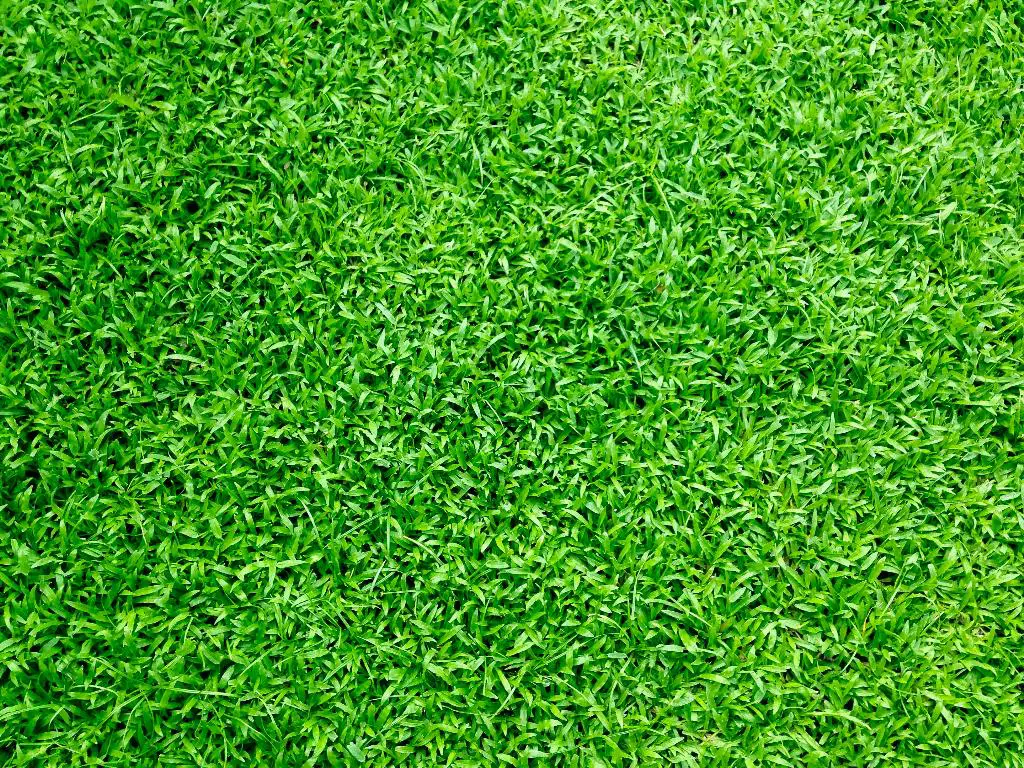When it comes to maintaining a lush and vibrant lawn, choosing the right fertilizer is crucial. With so many options available on the market, it can be overwhelming to determine which one is best suited for your grass. While name-brand fertilizers may seem like the obvious choice, opting for a more affordable option can be just as effective in promoting healthy growth.
The Benefits of DIY Fertilizer Mixes
Creating your own fertilizer mix for your lawn not only allows you to save money but also gives you control over the ingredients used. By combining basic components such as nitrogen, phosphorus, and potassium, you can create a custom blend tailored to the specific needs of your grass.
Basic Components of a Fertilizer Mix
When mixing your own lawn fertilizer, it is important to understand the role of each component. Nitrogen promotes leafy growth, phosphorus supports root development, and potassium helps with overall strength and resilience. By balancing these elements in your mix, you can ensure that your grass receives the necessary nutrients for optimal health.
Calculating the Right Ratio
Before mixing your fertilizer, it is essential to calculate the correct ratio of each component based on your lawn’s specific needs. This involves considering factors such as soil type, grass type, and any existing nutrient deficiencies. By conducting a soil test, you can determine the exact requirements of your lawn and adjust your mix accordingly.
Gathering the Ingredients
To create a basic fertilizer mix for your lawn, you will need ingredients such as urea for nitrogen, superphosphate for phosphorus, and potash for potassium. These components can be easily found at your local garden center or hardware store, allowing you to assemble a cost-effective blend without sacrificing quality.
Blending the Components
Once you have gathered all the necessary ingredients, it’s time to mix them together to create a well-balanced fertilizer blend. Start by combining the components in the correct ratios, ensuring that each element is evenly distributed throughout the mix. This process can be done in a large bucket or container for easy mixing.
Applying the Fertilizer Mix
When applying your DIY fertilizer mix to your lawn, it is important to do so evenly and at the right time. Avoid over-fertilizing, as this can cause damage to your grass and lead to nutrient runoff. Be sure to water your lawn after applying the fertilizer to help the nutrients penetrate the soil and reach the roots.
Maintaining Your Lawn’s Health
Regular fertilization is key to maintaining the health and appearance of your lawn. By consistently applying a balanced fertilizer mix throughout the growing season, you can promote strong growth, vibrant color, and improved overall resilience. Remember to adjust your mix as needed based on seasonal changes and any specific issues that may arise.
Monitoring the Results
After applying your DIY fertilizer mix, monitor the results closely to gauge its effectiveness. Look for signs of improved growth, color, and overall health in your grass. If you notice any issues or deficiencies, adjust your mix accordingly to address them and ensure that your lawn continues to thrive.
Seeking Professional Advice
If you are unsure about creating a custom fertilizer mix for your lawn, consider seeking advice from a professional landscaper or garden expert. They can provide guidance on the best components to use for your specific grass type and offer recommendations on how to maintain a healthy and vibrant lawn throughout the year.
Conclusion
Creating your own DIY fertilizer mix for your lawn can be a cost-effective and rewarding process. By understanding the basic components of a fertilizer blend, calculating the right ratio for your grass, and applying the mix correctly, you can promote healthy growth and vitality in your lawn. Experiment with different blends and techniques to find the perfect formula for your specific needs and enjoy a lush, green lawn all year round.

